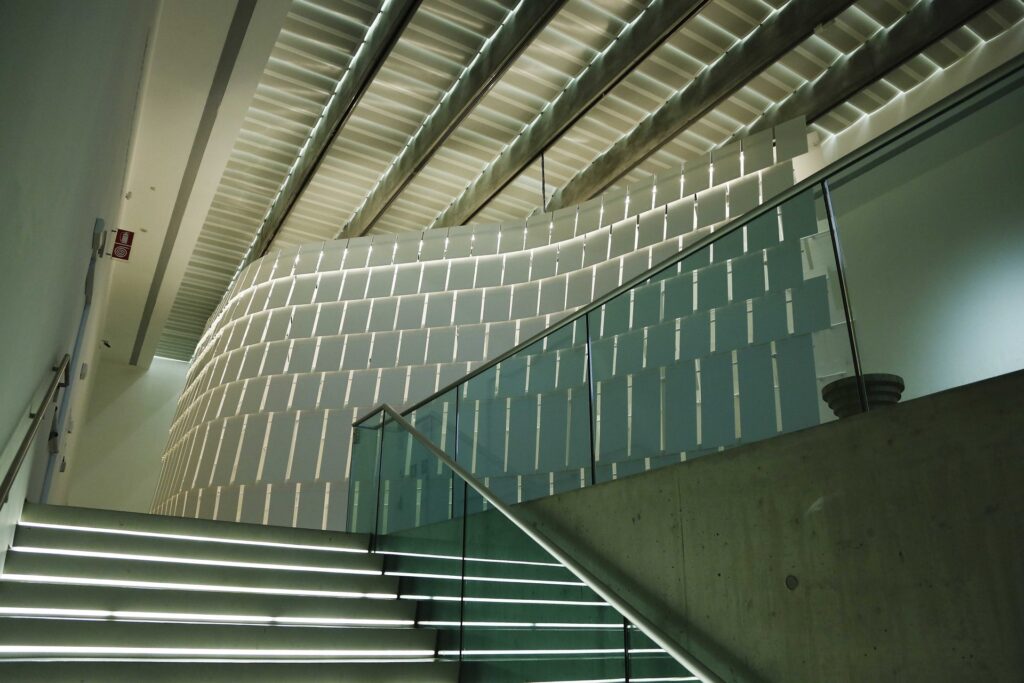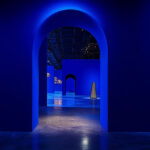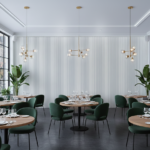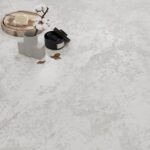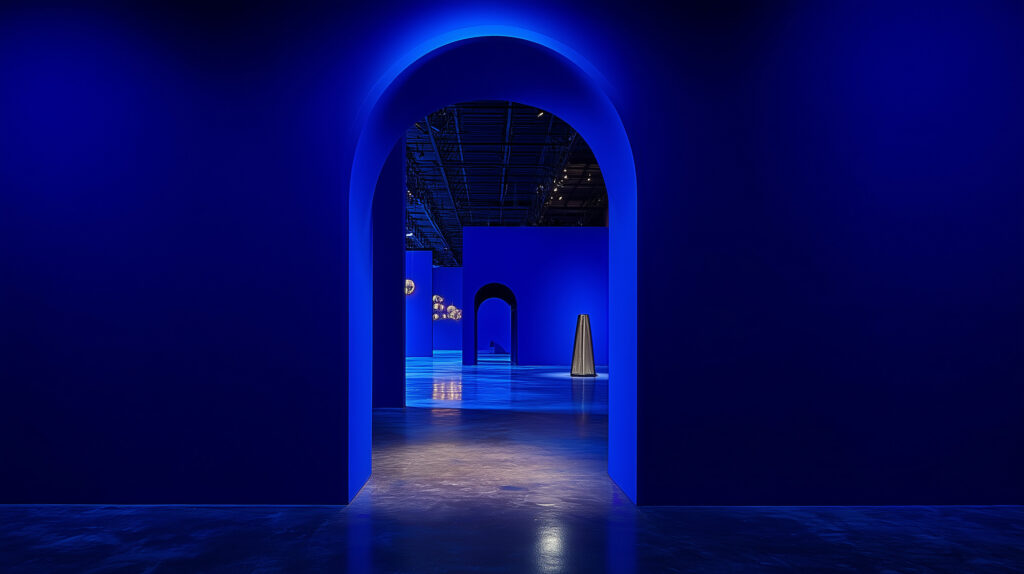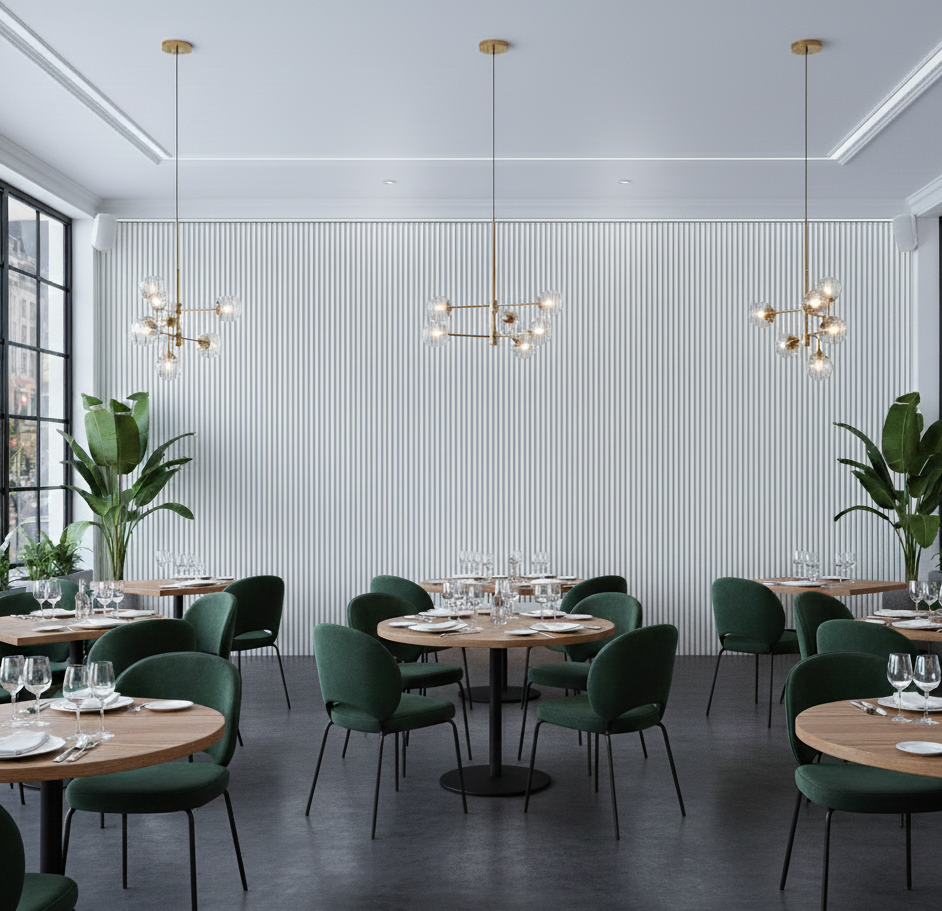‘L’Anello Mancante’ is an installation belonging to the ‘Nature’ cycle of Galleria Gian Ferrari: according to Michele De Lucchi it expresses the necessary relationships between opposite elements

In Rome, the site-specific installation ‘L’Anello Mancante’ (‘the missing link’) created by Michele De Lucchi with the innovative material HI-MACS®, can be visited until March 3rd, 2019 and belongs to the NATURE exhibition cycle in which various designers are invited to illustrate the relationship between nature and artifice, at Galleria Gian Ferrari, MAXXI Museum.
“A missing link – says Michele De Lucchi – is the element that joins the isolated parts of a broken, open chain. We often need this today. More and more links are needed that will connect the manifold ramifications of social, political, economic, cultural, and even moral relationships. But we also need other links that will actually physically connect the ideas of fullness and emptiness, of closed space and open space, of container and content.”

The result is an architecture allowing one to walk inside it, an open ring constructed from a tubular structure covered with a shell of over 800 shingles in HI-MACS® Alpine White that are slightly apart from one another.
Light comes from the outside, visitors look upwards and the LED lighting system gives the installation an ethereal aura, as ambiguous as the relation between inside and outside, public and private, light and shadow, hidden and unveiled. Inside the ring everything is magnified and sounds, step by step, become louder.
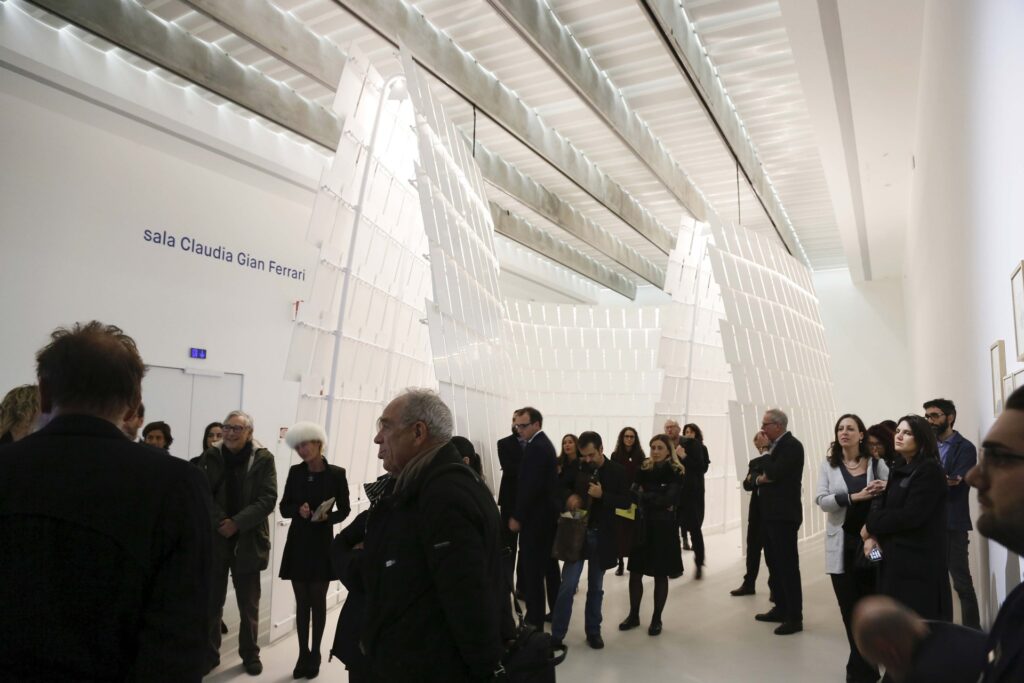
The material has proved to be fundamental for the project: HI-MACS® (solid surface) is resistant and easy to work with, makes joints invisible, is non-porous and easy to maintain, allowing for long-lasting aesthetic results.
The shingles are pure shapes that, thanks to the partial interaction with light, amplify the sense of three-dimensionality.
The LED system emphasizes and reflects the surfaces of the structure amplifying the 3D effect, creating a sensory journey that invites visitors to explore both the space and their emotions. [Text Arianna Callocchia and Chiara Sgreccia]
